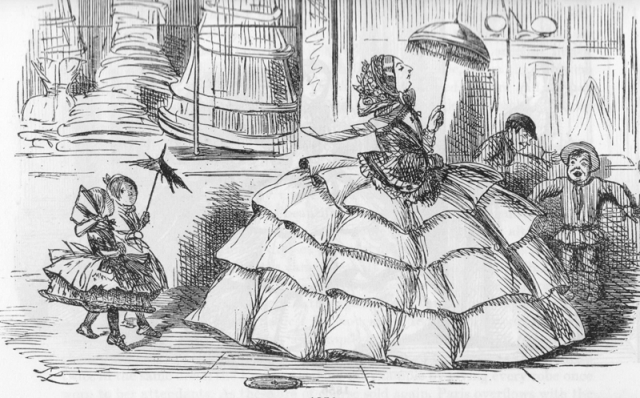Printed pictures with text: Using cartoons as historical evidence
Primary History article

Using cartoons as historical evidence
Please note: this article pre-dates the 2014 National Curriculum and some content may be outdated.
Written and printed sources are often multi-modal in nature, i.e. they combine images and text (Kress and Van Leeuwen, 2001). Indeed, many printed sources in the print age, c. 1500-2000 and nearly all in the digital age, c. 2000+ take this form. Multi-modal printed materials are a major form of historical evidence, from early modern woodcuts to the present. Multi-modality also extends to manuscripts, as in illuminated manuscripts and the letters of Van Gogh and Beatrix Potter. Mixed media cover many genres with their widely varied, almost infinite registers (Wray and Lewis, 1995).
In the nineteenth century, improvements in print technology meant that sharp, detailed images could be integrated with the text on the pages of newspapers, magazines and books, rather than being produced as separate pages. Such technology made these sources very widely available. Accordingly, we have available plentiful visual sources from publications such as the Illustrated London News, The Strand Magazine and Punch. (Sample these by typing the publication name into Google Images.) Among the images produced were ‘cuts' - what we now call cartoons...
This resource is FREE for Primary HA Members.
Non HA Members can get instant access for £2.75

